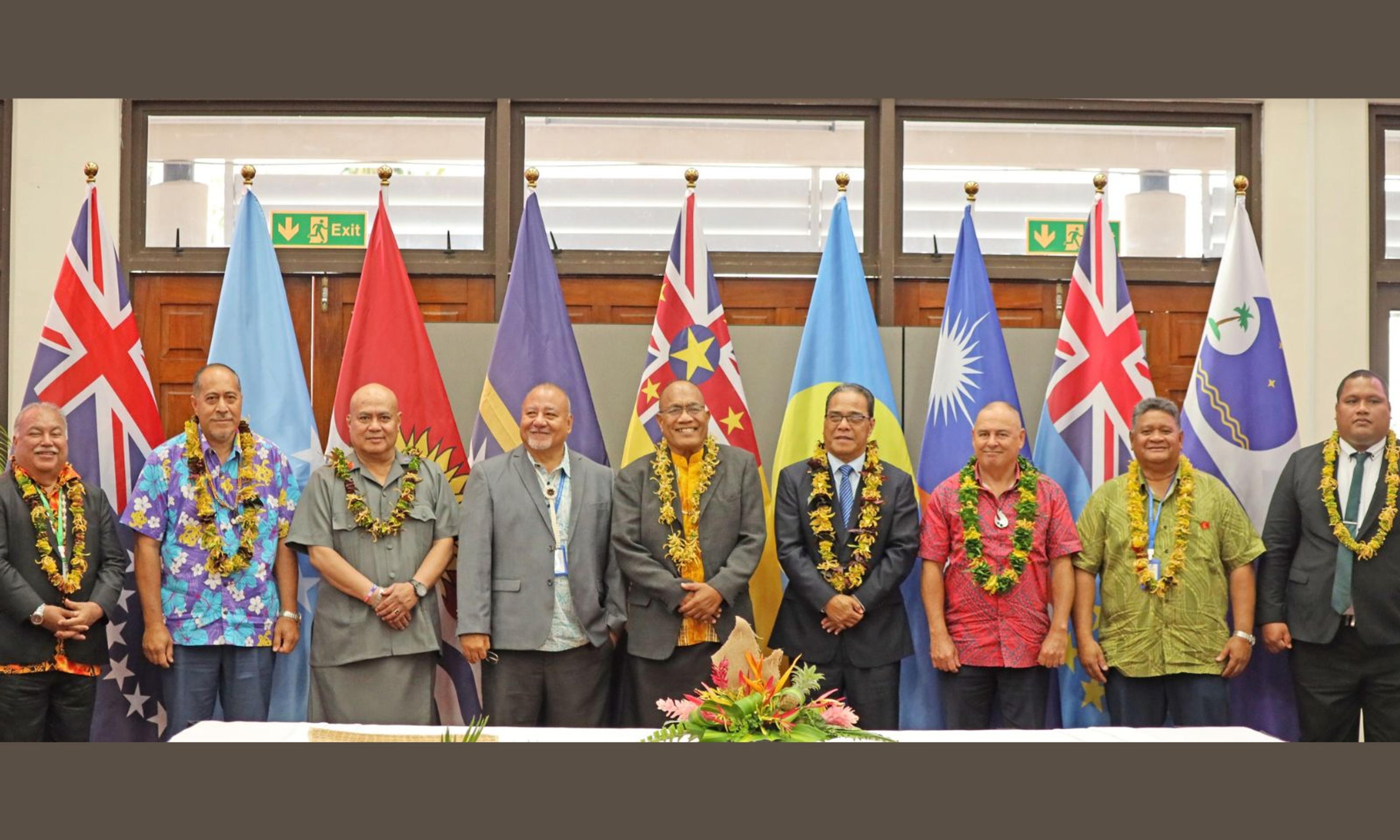
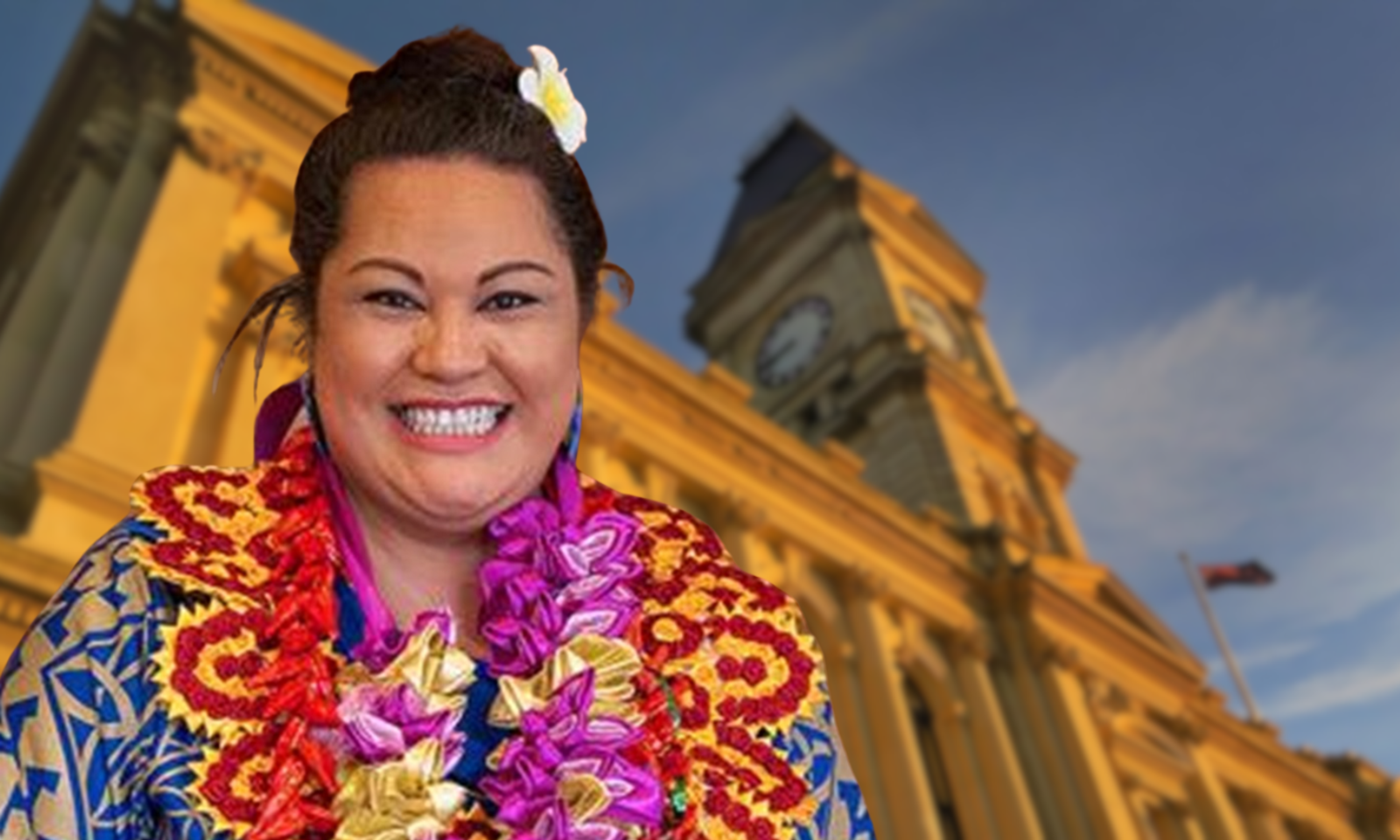
Ōamaru councillor Mata’aga Hana Melania Fanene-Taiti, who served as Waitaki’s Deputy Mayor from 2022 to 2025, has been re-elected for her third term representing the Ōamaru Ward.
Photo/Waitaki District Council
Former deputy mayor's re-election highlights Pasifika's rural reach
Mata’aga Hana Melania Fanene-Taiti shows Pacific leadership thrives beyond the cities as she begins her third term representing Waitaki’s largest ward.

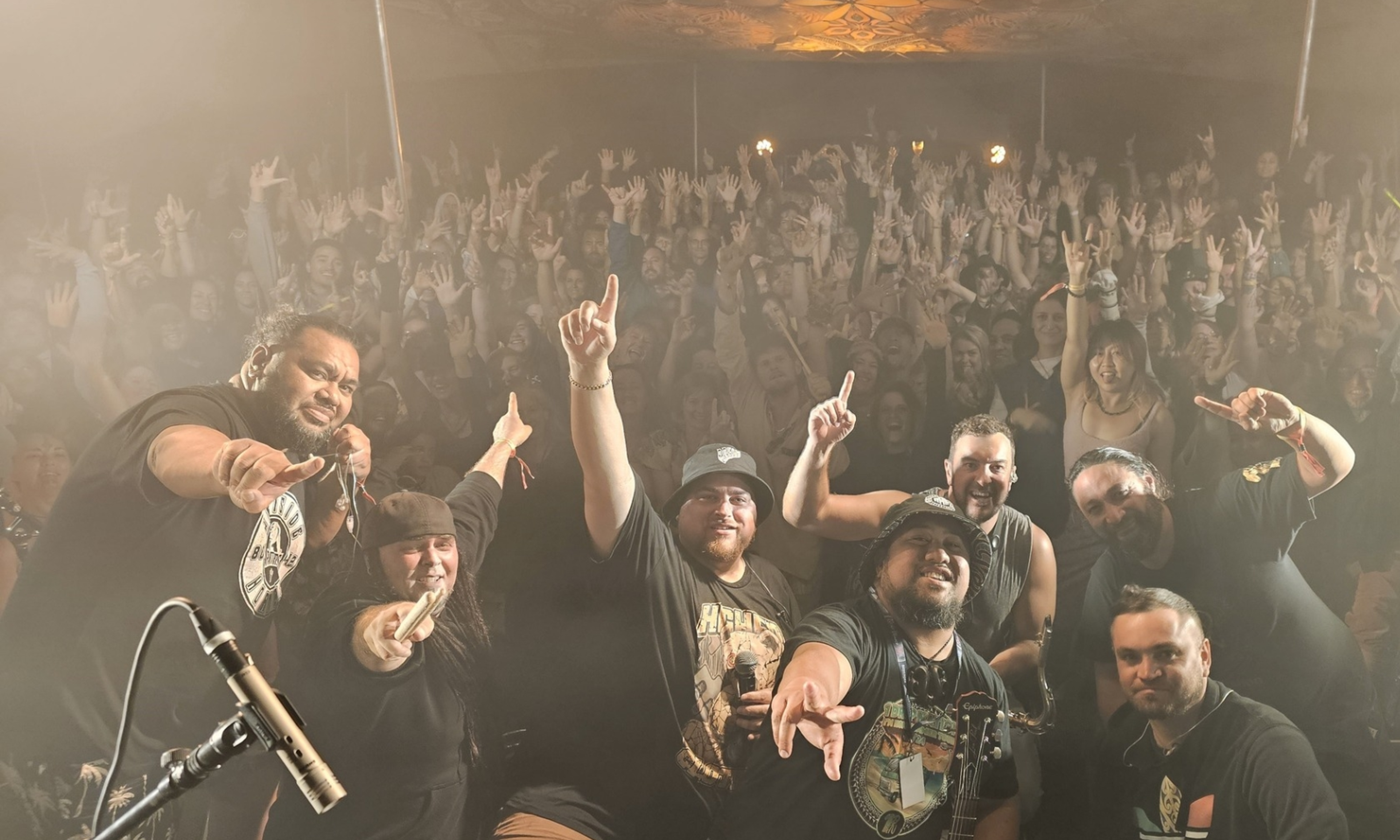
Ōtautahi's 1 Drop Nation celebrates brotherhood and legacy in new music



Pacific told to rethink ‘friends to all’ approach as region faces rising geopolitical pressure

Ōtautahi's 1 Drop Nation celebrates brotherhood and legacy in new music


Victorian limestone buildings, steampunk flair, blue penguins, hydro lakes and strong agricultural roots define Ōamaru, a South Island town.
It’s also where councillor and former deputy mayor Mata'aga Hana Melania Fanene-Taiti is showing that Pacific leadership extends well beyond Auckland and Wellington, after being re-elected for her third term.
Mata’aga served as Deputy Mayor of Waitaki from 2022 to 2025, joining a small group of Pacific people to have held the role in local government.
Cook Islander Jasmine Underhill was the first, serving in Porirua from 1989 to 2001, followed by Ana Coffey in 2013, Izzy Ford from 2019 to 2022, and Kylie Wihapi, of Māori and Pacific descent, in the last term.
This year’s elections also marked another milestone, with Ken Laban becoming the first Pasifika mayor, elected to lead Lower Hutt.
The Sāmoan community leader has secured another term on the Waitaki District Council, representing the Ōamaru Ward, the district’s main urban centre and the only ward with six councillors.
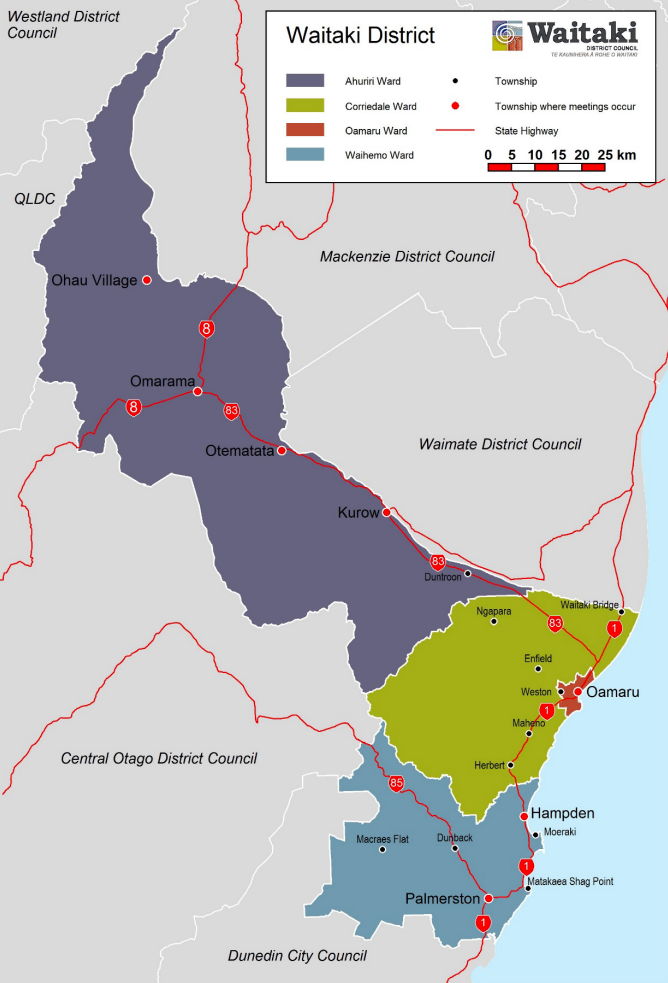
The Waitaki District is divided into four wards: Ōamaru, Corriedale, Ahuriri and Waihemo, with Ōamaru Ward serving as the district’s main urban and governance hub. Photo/Waitaki District Council
Mata’aga was raised in Ōamaru and says her parents are from Sāmoa, from the villages of Vaie'e and Saleimoa.
“We grew up here in a very small rural provincial town here in the South Island, so it's been an awesome opportunity to grow up here, go away, do your school work and then come back and serve the community," she tells Pacific Mornings.
Hana says she’s grateful for the trust placed in her by both Pacific and non-Pacific voters.
Watch Mata'aga Hana Melania Fanene-Taiti's full interview below.
“I really appreciate the non-Pacific voters here. They know my work, my heart,” she says. “When I open doors, it’s not just for Pasifika but for rural, provincial Aotearoa.”
Strategically, it places the voices of our Pacific community in an important space where she can advocate for their needs, both locally and nationally, she says.
Alongside her council role, Mata’aga serves as chief executive of Ōamaru Pacific Trust, the only Pacific-led service provider in Ōamaru. Her team delivers social, health, employment and community outreach programmes across the Waitaki district.
“Both roles are complementary,” she says. “It helps give visibility, that boost, and leverage for more opportunities we wouldn’t normally have here in rural provincial New Zealand.”
Rural challenges and limited resources
Mata’aga says rural councils like Waitaki face the same pressures as big cities, but with fewer tools to respond.
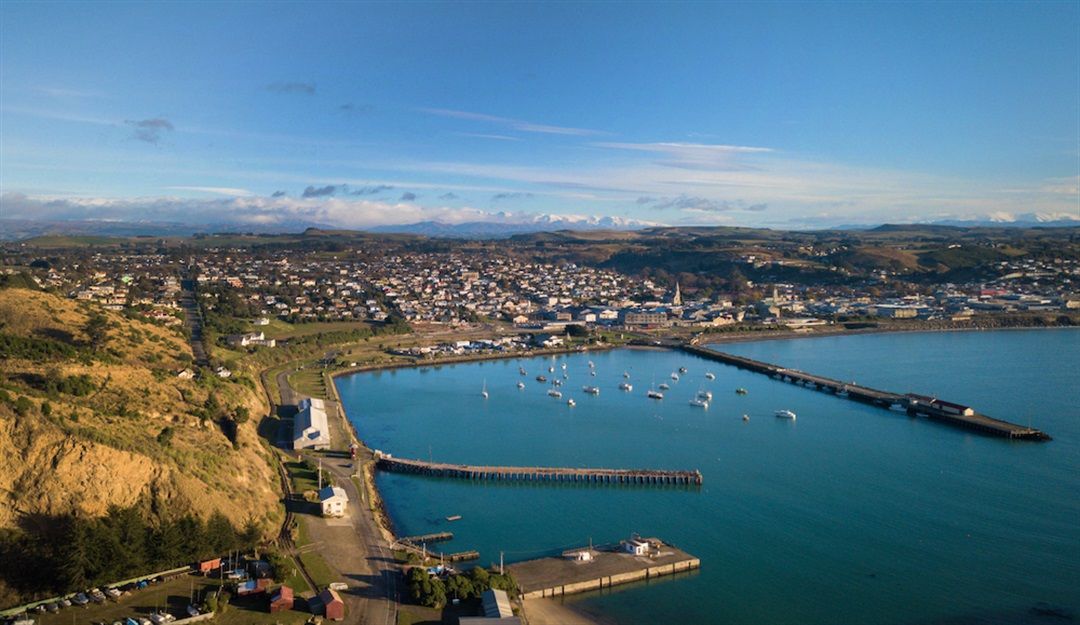
The Ōamaru Harbour and township - home to the Waitaki District Council’s main urban centre and administrative base. Photo/Waitaki District Council
Unfunded government mandates, rising rates and a lack of tertiary education options remain ongoing issues, she says.
“The majority of our local economy is based on the primary sector and related industries, and that’s where most of our Pasifika community work.
"So amidst all the challenges with affordability, rising rates, and rural equity, there are still pockets of opportunity where we can help upskill and support workforce development for our people.”
She believes stronger partnerships with central government are essential to help rural districts keep pace.
“There’s a real gap in how rural councils are supported compared to metro areas,” she says.
“We can do better by strengthening those relationships and ensuring rural communities like ours aren’t left behind.”
Growing Pacific population in the South
While Pacific people remain a small proportion of Waitaki’s population, the community is growing rapidly and reshaping the district’s identity.
“Since 2013 our Pacific community has grown 151 per cent,” Mata’aga says. “Our church base is growing, our kids are filling up the school rolls, and there are heaps of opportunities down here.”
She estimates 80 per cent of Pacific families in Ōamaru are under 40, many recruited for work in the freezing works and other primary industries.
Though not all can vote, their contribution to the region’s workforce and community life is significant, she says.
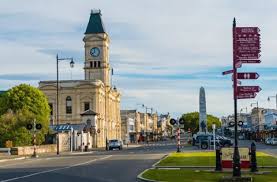
Ōamaru’s Victorian precinct, known for its limestone architecture and heritage streetscape, forms the heart of the Ōamaru Ward. Photo/Waitaki District Council
“There’s a myth that Pacific families can only succeed in Auckland or Wellington,” she says. “That’s simply not true. There’s so much potential in our rural regions if we invest in them.”
Empowering communities, not parties
When asked where she sits on the political spectrum, Mata’aga doesn’t hesitate.
“I sit in the box that empowers community to build capability,” she says. “That’s my long-term vision, and I campaign for it 365 days a year.”
Her approach to leadership centres on inclusion, collaboration and the principles of Te Tiriti o Waitangi.
“Our council’s pretty progressive,” she says. “We’ve got a good working relationship with our local rūnaka, Moeraki, and it’s an opportunity to show leadership for migrant communities while ensuring we serve Te Tiriti principles too.”
Looking ahead
After years of public service, Mata’aga isn’t ruling out higher office but says she’s focused on serving where she can make the most difference.
“There’ll be a time and place,” she says. “We just need to discern those pathways for where we can make the biggest impact.”
For now, she’s focused on delivering for her community over the next three years.
“I’m really grateful for the opportunity to serve and I will deliver for our community.”
LDR is local body journalism co-funded by RNZ and NZ On Air.
